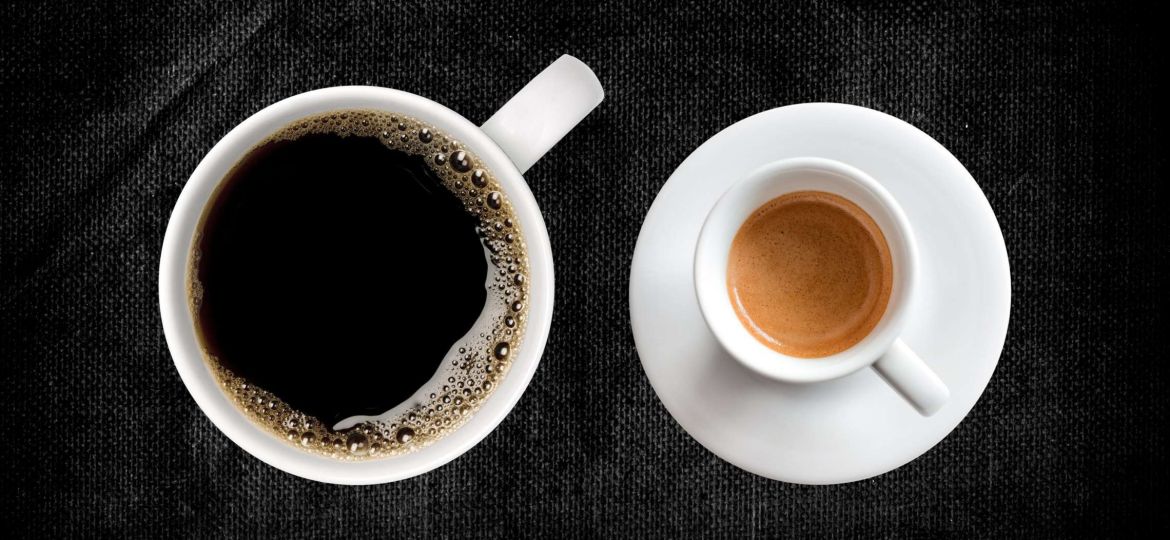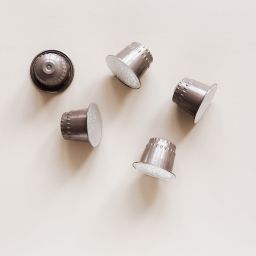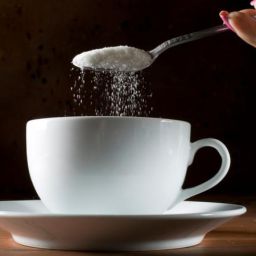
Espresso and coffee, two staples in the world of caffeinated beverages, often stir up a debate among enthusiasts and casual drinkers alike. Understanding the difference between these two is not just about getting your order right at the coffee shop; it’s about appreciating the art and science behind these beloved drinks.
Basic Definitions
Understanding what sets espresso and coffee apart starts with their basic definitions.
- Espresso: A concentrated form of coffee, known for its bold flavor and creamy consistency. It’s made by forcing hot water through finely-ground coffee beans.
- Coffee: A broader term that encompasses various brewing methods like drip, French press, and more. It’s generally lighter than espresso and varies greatly in taste and strength.
Espresso and coffee, while coming from the same family of beans, offer distinct experiences that cater to diverse palates and preferences. Their rich history and varied brewing techniques contribute to the unique characteristics that define them.
Roasting Process
The roasting process is where the magic starts for both espresso and coffee, but the paths they take are quite different.
- Espresso Roasting:
- Darker and Longer: Espresso beans are typically roasted longer, resulting in a darker bean. This dark roast is crucial for that classic, bold espresso flavor.
- Flavor Profile: The longer roasting time reduces acidity and increases the richness of the flavor, giving espresso its distinctive strong and robust taste.
- Coffee Roasting:
- Variety is Key: Coffee beans for regular brews can range from light to dark roasts.
- Taste Differences: Lighter roasts retain more of the bean’s original flavor, often leading to a more acidic and complex taste, while darker roasts are smoother and more mellow.
The roasting process not only defines the flavor and aroma of your brew but also sets the stage for the brewing method that follows.
Brewing Techniques
Brewing is where espresso and coffee truly part ways, each with its unique approach.
- Espresso Brewing:
- High Pressure: Espresso is made by forcing hot water through finely-ground coffee under high pressure.
- Quick Extraction: This method extracts the coffee quickly, resulting in a concentrated and flavorful shot.
- Crema: The pressure creates the beautiful crema, a creamy layer on top of the espresso.
- Coffee Brewing Methods:
- Drip Coffee: Hot water is poured over medium-ground coffee, slowly extracting the flavor as it drips into the pot.
- French Press: Coarse-ground coffee is steeped in hot water, then pressed to separate the grounds from the brew.
- Aeropress, Pour-over, and More: Each method varies in grind size, water temperature, and brewing time, offering a spectrum of flavors and strengths.
The brewing technique not only affects the strength and flavor of your drink but also the ritual and experience of making it.
Grind Size and Texture
Grind size and texture are crucial in determining the quality of your coffee or espresso.
- Espresso:
- Fine Grind: Espresso requires a very fine grind. The fine texture ensures that the water can extract the coffee quickly under high pressure.
- Impact on Flavor: A fine grind allows for a full extraction of flavors, contributing to espresso’s intense and rich taste.
- Coffee:
- Varied Grind Sizes: Depending on the brewing method, coffee can use a range from coarse to
fine grinds.
- Coarse for Slow Brewing: Methods like French press use a coarser grind to avoid over-extraction and bitterness.
- Medium for Drip: Drip coffee makers work best with a medium grind, balancing extraction time and flavor.
The grind size is more than just a measurement; it’s a key player in the texture and overall profile of your coffee. Getting it right means hitting that sweet spot of flavor and aroma.
Flavor and Aroma Profile
When it comes to flavor and aroma, espresso and coffee are like distant cousins – related but distinctly different.
- Espresso:
- Intense and Rich: Espresso packs a punch with its concentrated, bold flavor.
- Aromatic Profile: It often has a stronger aroma, thanks to the high-pressure brewing that extracts more oils from the beans.
- Coffee:
- Varied Flavors: Regular coffee tends to have a wider range of flavors, from mild and fruity to rich and bold, depending on the roast and brewing method.
- Subtle Aroma: The aroma is generally less intense than espresso but can be more complex, revealing the bean’s origin and roasting process.
The flavor and aroma of your brew are not just about taste; they’re an experience, a journey through the senses.
Caffeine Content
Let’s bust some myths about caffeine in espresso and coffee.
- Espresso:
- More Caffeine per Ounce: Espresso has more caffeine concentration per ounce.
- But Smaller Servings: However, since espresso servings are smaller, you often consume less caffeine per cup.
- Coffee:
- Less Concentrated: Regular coffee has less caffeine per ounce.
- Larger Servings: But a standard cup of coffee usually means more overall caffeine intake.
It’s not just about the caffeine content; it’s how much you drink that really counts.
Serving Styles
Espresso and coffee aren’t just drinks; they’re cultural icons, served in myriad ways around the world.
- Espresso:
- Straight Shot: Often served as a single or double shot.
- With a Twist: Sometimes accompanied by a slice of lemon or a bit of sugar.
- Coffee:
- Black or with Add-ons: Enjoyed black, or with milk, sugar, and other flavorings.
- Cultural Variations: From the Turkish ibrik to the American diner-style mug, every culture has its unique serving style.
How you serve your espresso or coffee can be as personal as the drink itself.
Health Aspects
Coffee and espresso offer more than just a caffeine kick; they have their own set of health benefits and concerns.
- Benefits:
- Antioxidants: Both are rich in antioxidants.
- Mental Alertness: Can improve concentration and mental alertness.
- Concerns:
- Caffeine Sensitivity: Overconsumption can lead to jitters or disrupted sleep, especially for those sensitive to caffeine.
- Acidity: Some people might find coffee’s acidity upsetting to the stomach.
FAQs
- Is Espresso Stronger than Regular Coffee?
- Yes and No: Espresso is more concentrated, so it’s stronger by volume. But a standard cup of coffee actually has more total caffeine.
- Can I Make Espresso in a Regular Coffee Maker?
- Not Really: Espresso requires pressure to brew, which regular coffee makers don’t provide. You’ll get strong coffee, but not true espresso.
- Are Espresso Beans Different from Coffee Beans?
- Same Beans, Different Roast: They’re from the same plant but are roasted differently. Espresso beans are typically roasted longer for a darker, richer flavor.
- Does Espresso Have More Caffeine?
- Depends on Serving Size: Per ounce, yes. But a typical serving of espresso has less caffeine than a standard cup of coffee.
These answers should help demystify some of the common confusions surrounding espresso and coffee.
Read more about Product Review: Cuisinart DBM-8 Supreme Grind.
Conclusion
In the end, the choice between espresso and coffee often boils down to personal preference. Here’s a quick recap of the key differences:
- Flavor and Strength: Espresso is more concentrated and robust, while coffee offers a wider range of flavors and strengths.
- Brewing Method: Espresso is made under high pressure, extracting more flavor and aroma in a short time. Coffee brewing methods are more varied and generally involve slower extraction.
- Caffeine Content: Espresso has more caffeine per ounce, but a regular cup of coffee typically contains more caffeine overall.
Whether you’re a fan of the quick, intense shot of espresso or the leisurely sipped cup of coffee, both have their unique charms and characteristics. It’s not just about the caffeine; it’s about the experience, the ritual, and the moment of pleasure that these drinks bring into our lives.
Read more about Product Review: KitchenAid Burr Coffee Grinder.









